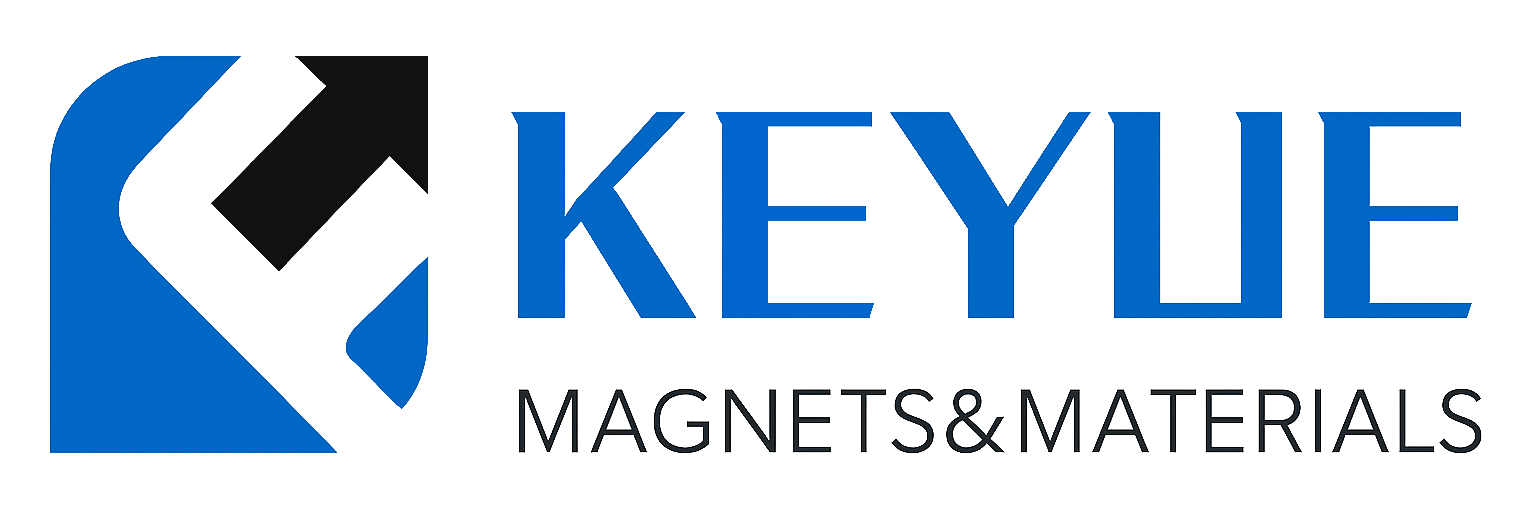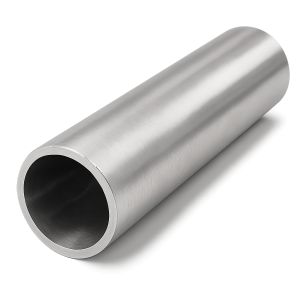描述
铬管(Cr Tube)
产品简介
铬管(Cr Tube)是一种由高纯铬(Purity ≥ 99.9%)制成的难熔金属管材,具有极高的硬度、优异的耐腐蚀性与良好的高温氧化稳定性。铬金属在空气中能形成致密的氧化铬膜,有效保护基体免受进一步氧化或腐蚀,因此广泛应用于真空系统、光学镀膜、高温加热设备及科研实验中。
产品详情
苏州科跃材料科技有限公司生产的铬管采用高纯铬粉经真空烧结—热等静压(HIP)—机械加工制备,晶粒细小、结构致密、表面光滑无裂纹。产品具有优异的抗氧化性能和高温强度,适用于严苛环境下的结构与导流部件。
典型规格如下:
-
纯度等级:99.5%、99.9%、99.95%
-
外径范围:4 – 80 mm
-
壁厚范围:0.5 – 6 mm
-
长度:≤1000 mm(可定制)
-
制造工艺:真空烧结 + HIP + 精密加工 + 抛光
-
表面状态:亮银灰色 / 抛光态 / 去氧化膜
高纯铬管可长期在高温环境中使用,保持稳定结构与低气体释放率,适合真空及电子级设备。
应用领域
铬管在高温、真空和化学稳定性要求高的场合表现突出:
-
真空与电子工业:用于真空腔体导管及电子元件结构。
-
光学镀膜与溅射系统:作为高纯铬蒸发源或溅射靶材辅助管。
-
冶金与热处理设备:用于高温反应管及热防护结构。
-
化工与防腐系统:输送酸性或腐蚀性介质。
-
科研实验与材料研究:用于高温氧化实验与真空热处理。
技术参数
| 参数 | 典型值 / 范围 | 说明 |
|---|---|---|
| 纯度 | 99.5% – 99.95% | 高纯度确保真空及高温稳定性 |
| 密度 | 7.19 g/cm³ | 组织致密,机械性能优良 |
| 熔点 | 1907 °C | 具有高熔点和耐热性 |
| 硬度 | ≥1000 HV | 极高表面硬度 |
| 抗拉强度 | ≥450 MPa | 高温下仍具强度 |
| 热导率 | 94 W/m·K | 稳定导热性能 |
| 工艺 | 真空烧结 + HIP + 精加工 | 提高纯度与致密度 |
常见问题(FAQ)
| 问题 | 答案 |
|---|---|
| 铬管是否会生锈? | 铬表面形成的Cr₂O₃膜可防止进一步氧化,表现出极高耐蚀性。 |
| 是否可用于真空系统? | 是的,具有极低气体释放率,适合真空环境。 |
| 铬管是否具有磁性? | 具有弱磁性,纯度越高磁性越弱。 |
| 可否用于高温加热设备? | 可在1900°C以下长期使用。 |
| 是否支持定制尺寸? | 可以,根据图纸或尺寸要求精密加工。 |
| 可否用于光学镀膜系统? | 是的,高纯铬常用于红外反射层与硬膜镀层。 |
| 是否提供抛光表面? | 可提供机械抛光、电解抛光与镜面处理。 |
| 能否制作薄壁管? | 可定制最小壁厚0.3 mm的高纯薄壁管。 |
| 是否附检测报告? | 提供纯度、密度、显微组织检测报告。 |
| 交货周期? | 常规尺寸2–3周,定制产品需确认加工周期。 |
包装与交付
所有铬管出厂前均经真空检验与纯度分析。产品采用防氧化真空密封包装,外层加防震泡沫与防潮木箱,确保运输安全。可提供RoHS、REACH及材质分析报告。
结论
铬管(Cr Tube)以其高熔点、硬度与抗腐蚀性能,成为真空、高温与光学镀膜系统的理想材料。
如需了解更多技术参数或报价,请联系:sales@keyuematerials.com

.png)

-300x300.png)
-300x300.png)
评价
目前还没有评价